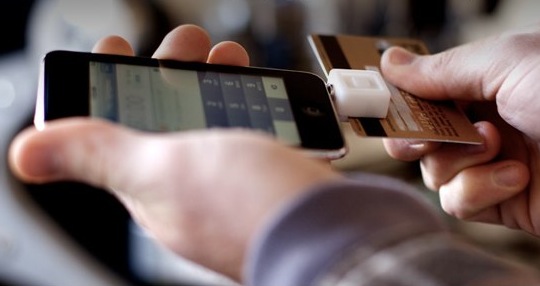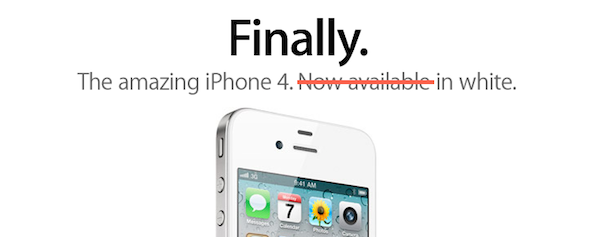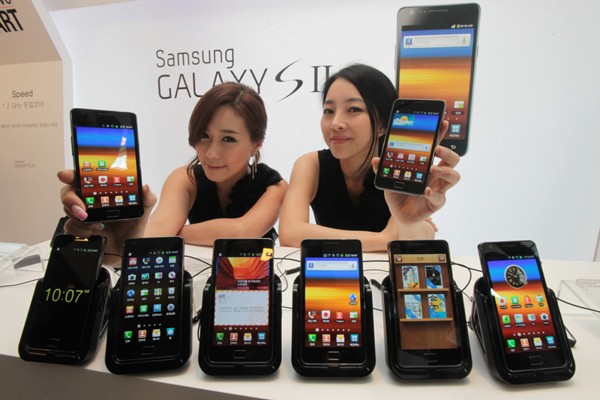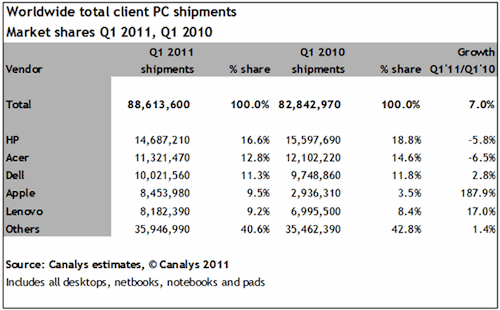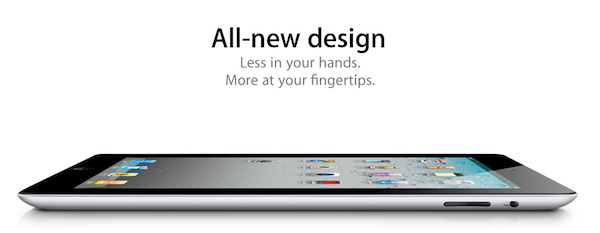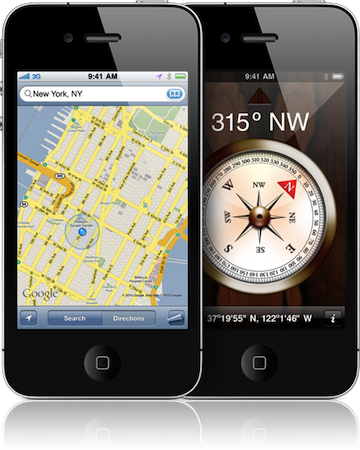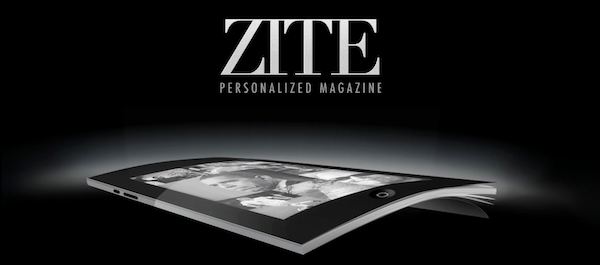Yesterday Square revealed that it had received from financial services superpower, Visa, strategic investment of an unspecified size. However in a lower key announcement it also revealed that this summer they will be releasing a new card reader that uses encryption on the read head.
You may recall the little squabble a few months back where VeriFone and Square traded blows over whether the Square card reader was secure enough. VeriFone claimed it wasn’t and that Square should recall all their readers because thieves could easily skim credit card information using the device. Jack Dorsey, CEO of Square, hit back at VeriFone saying it was “not a fair or accurate claim and [that] it overlooks all of the protections already built into your credit card.”
Yet despite all that, Square will soon be addressing those “concerns” that VeriFone had, and release a card reader that employs encryption. The Square COO, Keith Rabois, notes that they are adopting Visa’s newly released (yesterday) mobile application best practices. He says that the “adoption of best practices will help increase trust in innovative payment solutions” although equally stresses that Square currently complies with all industry standards. TechCrunch rightly highlights that it is clearly no coincidence that Square’s endorsement of Visa’s best practices came on the same day as their funding announcement.
TechCrunch inquired as to whether users would have to replace their current readers but Rabois declined to comment specifically but he did continue to affirm Square’s previous rejection of VeriFone’s demand to recall the Square readers. Rabois also noted that encryption will not be the only new feature of the third iteration of readers coming this summer.
[Via TechCrunch]


